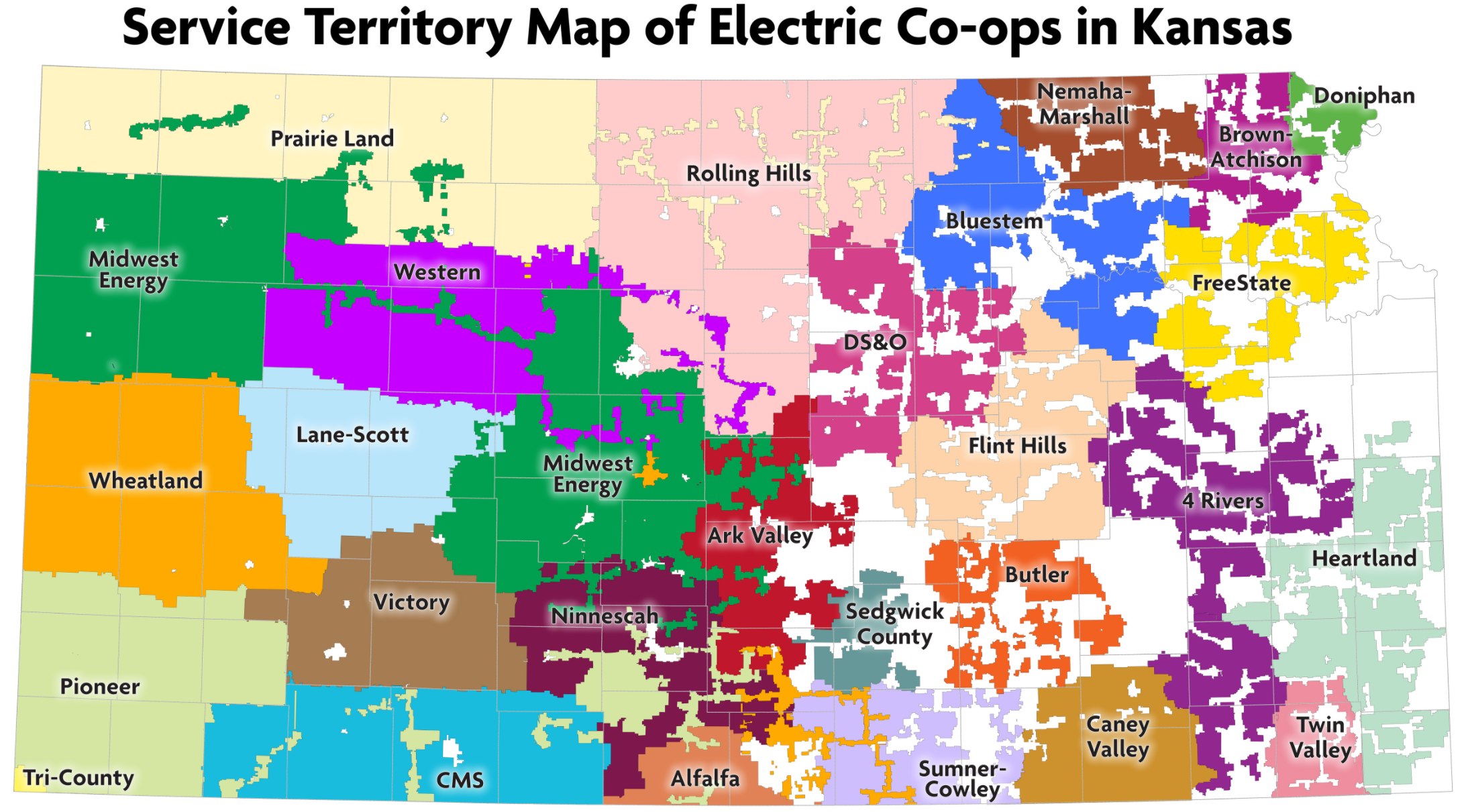Oil prices during the last two days of trading for May contracts plunged more than 300 percent to an all-time low of -$36.73 a barrel.
June and July contracts for West Texas Intermediate crude oil are still in positive territory, but hovering in the $20-30 per barrel range. Kansas oil futures are doing worse still, with June and July contracts in the $5-10 range.
The problem, according to Nick Powell, owner and chairman of Colt Energy of Iola, comes down to a lack of storage and demand that cratered in the wake of COVID-19-related lockdowns, combined with a price war between Saudi Arabia, Russia, and the U.S.
“But it just tells you how little storage space there is for oil,” Powell said. “And certainly Saudi Arabia, really, at the very worst time they could, started to flood the market. They’re basically attacking the oil industry in the United States.
“You’re going to see huge layoffs and bankruptcies in the industry,” Powell continued. “(Saudi Arabia) didn’t have to flood the market. We were all already going to be hurt by the huge loss of 20 to 25 million barrels of demand.”
It’s a situation tailor-made to tank not just the state oil industry, but the national industry as well, with serious repercussions for the Kansas economy — and state budget shortfalls that Moody’s predicts will be worse than anticipated.
In a guest column written for several Kansas publications, President of the Kansas Independent Oil and Gas Association Ed Cross said the collapse of the Kansas petroleum industry could cost state and local governments more than $1.4 billion in tax revenue annually, as well as more than 118,000 jobs and over $3 billion in family income — and that was before the current price crash. The petroleum industry nation-wide supports more than 10 million jobs.
Powell noted the current price of Kansas crude is below the cost to produce.
“For Kansas producers this is devastating,” he said. “It’s below the cost to produce. So you’re going to start seeing a lot of shutting down.”
Powell said at this point unless demand — with concomitant price increases — returns quickly, layoffs among Kansas producers, which are predominantly small outfits, are inevitable.
He said most of the small producers have probably applied for the federal PPP loans, which could keep them in business for 8 to 10 weeks, but after that — barring further federal intervention — companies will simply have to let people go.
“Once that’s over, they’re just going to have to start laying off a bunch of people and shutting down production,” Powell said, noting counties, in particular, rely on revenues from the oil and gas industry in many parts of the state.
One thing that could have helped, Powell said, was provisions in the CARE act which would have allowed the federal government to spend $3 billion on oil for the Strategic Petroleum Reserve at a time when prices were already at near-historic lows, however, House Democrats blocked the provision.
“The administration has 78 million barrels of storage left with the Strategic Petroleum Reserve,” he said, noting that oil could have been sold in three to five years, when he suspects oil prices will have rebounded somewhat, at a considerable profit.
Solutions
Powell said the solution to the near-collapse of the domestic oil industry is simple — get people back to work.
“The longer this goes on, the deeper you dig the hole, the harder it is to crawl out,” Powell said. “The solution for our industry and everybody is you’ve got to get people back to work. I mean, we’re getting to the point where the, you know, the cure is worse than the disease.”
Cross noted, in the column, that while most people conflate oil with gasoline, petroleum is used for far more than just fuel.
“Perhaps we take for granted the 6,000 products produced from petroleum which, like soap and plastic, contribute to comforts we all enjoy,” Cross wrote.
He had several suggestions for how to help the Kansas oil industry return to profitability once demand — and prices — return to normal, none of them involving bailouts.
Among the suggestions were finding a solution to high Kansas electric rates — which hurt not just the oil industry, but general economic development as well.
“Kansas rates are the highest in our region and Kansas consumers spend more than $1 billion per year more on electricity than just 10 years ago,” he wrote. “With electric costs that are 30-50% of expenses, oil wells in rural Kansas could run for many years longer with more competitive electricity prices. Who will be left to absorb the high fixed costs that burden rates? Oklahoma rates can be more than 50% less than in Kansas.”
He also said renewables like wind need to be carefully considered going forward.
“The state has adequate renewable energy generation, and careful study is required before allowing more subsidies,” Cross wrote. “Methane and carbon dioxide emissions are significantly down in the U.S. even as oil and gas production has dramatically increased. We must resist unduly penalizing and regulating the fossil fuel industry for political expedience.”
Powell said he does think the oil industry will be back up and running in the medium-term — three-to-five years down the road.
“I think there’s a turnaround,” he said, noting OPEC could, in theory, run the price of oil up once demand returns. But the U.S. industry has a history of quickly ramping production up once it’s needed.
“That’s one thing nice about the free market system, the ability to move resources around to where the market needs it to go,” Powell said. “That’s the one thing governments can’t do. The free market can do that.”
Powell also serves as Vice Chairman of the Board of Trustees for Kansas Policy Institute, which owns the Sentinel.




